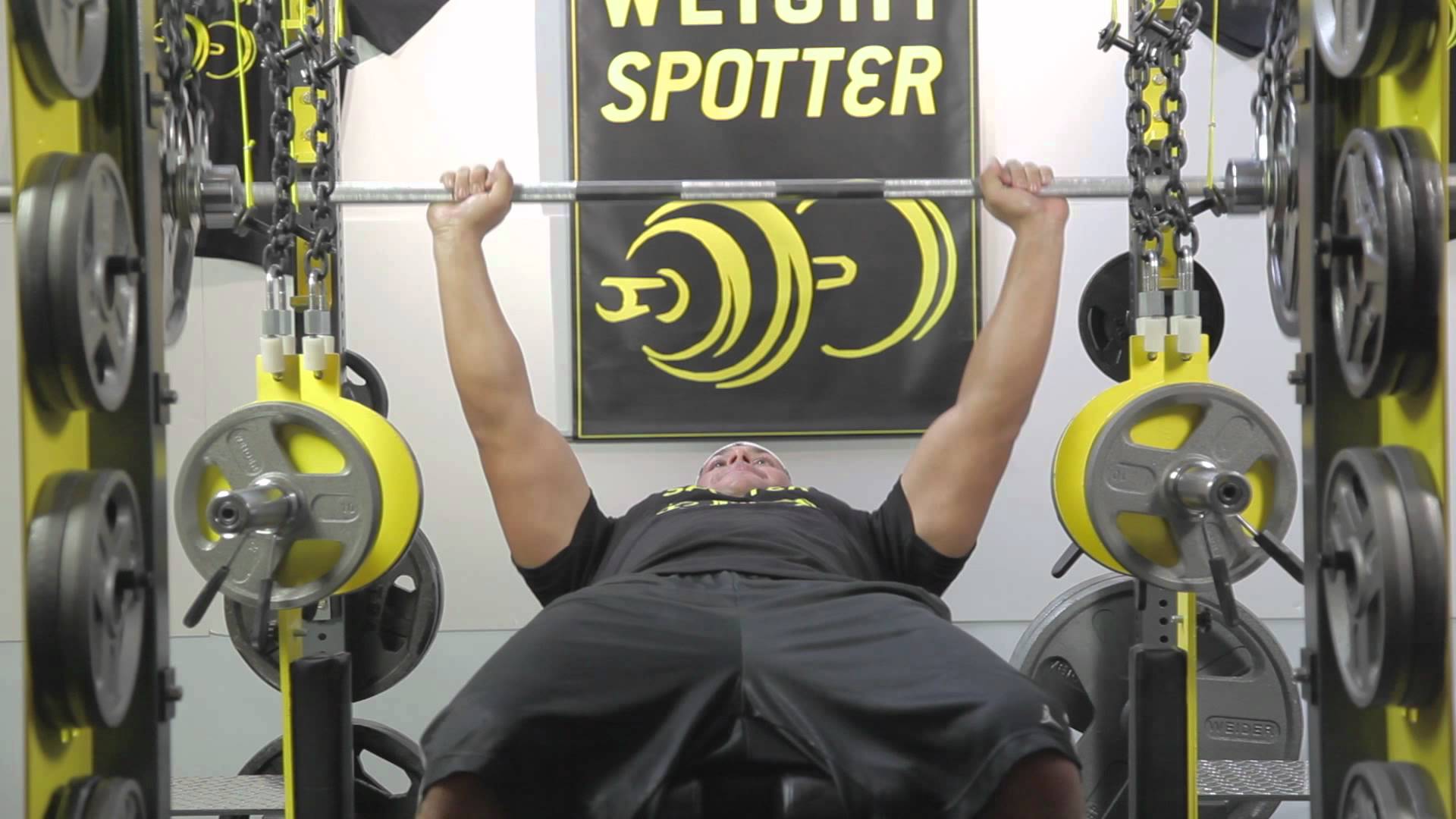
A training partner can be a great asset. Training with someone else can be great for motivation, not to mention the saving on petrol when you share lifts (in the car, not in the gym!), assuming of course you both drive. There is also the opportunity to increase the intensity of your training with advanced training techniques such as forced reps, drop sets and negatives, which are easier to perform with a training partner at hand. It is also very assuring if your training partner is a good spotter, allowing you to push yourself to the limit whilst they are there ready to intervene if required. On the other hand, some people do not like the idea of training with some else and prefer to train solo, or having a trainer partner is impractical for any number of reasons. Let’s therefore look at training techniques which we can implement to intensify our training without the need for a training partner or spotter.
More reps
This may sound like a simple concept, but performing more repetitions with a given weight is an effective way of increasing the demand placed upon a muscle. If you can just about perform 8 dumbbell curls with a 15kg dumbbell, you are more than likely going to be bigger and stronger when you can perform 12 reps 2 months later.
The advantage of adding more repetitions to the exercise opposed to more weight is the retained form during the movement. Moving up to 17.5kg or 20kg dumbbells may cause your form to slacken as the assisting muscle groups find it more difficult to keep your body in position. Standing dumbbell curls may not pose a direct danger if you fail, but exercises such as dumbbell pressing do. It is inevitable that you will have to increase the poundage some day to continue to progress, but increasing the repetitions until you can hit 15 perfect reps may be a good idea for those without a spotter.
Unilateral training
Lifting unilaterally is often quite a lot harder and challenging than training both sides of the body simultaneously using a barbell. If you can bench press 100kg for 8 reps, you will find it more challenging to knock out 8 reps using 50kg dumbbells in each hand instead. It is therefore possible to lift less weight yet still place a similar demand on the target muscle (great news for your connective tissue too).
Unilateral training is also great for preventing or resolving muscle imbalances. A barbell exercise may allow your stronger side to overpower the weaker, therefore leading to an imbalance. Unilateral training demands equally from both sides of the body, therefore ironing out any strength and size differences.
Negatives
Negative repetitions are not a common sight in most gyms. In fact, the negative (eccentric) phrase of a normal repetition is often drastically neglected by many gym goers who simply drop the weight from the top of the exercise. The portion of the exercise when the target muscle elongates is referred to as the negative phrase, and it is this phrase which is specifically targeted during the negatives training principle.
Take an exercise such as the pull up, a great exercise for the back and arm flexors. Without a training partner it may seem difficult to perform more than 6 or so reps. However, we can perform negative repetitions without a training partner to increase our strength levels and place great demand on the muscles. To do this we forget totally about the concentric phrase of the exercise (i.e. when you are pulling yourself upwards) and instead we use a chair to place ourselves at the top of the exercise movement. From here we hang freely and very slowly lower ourselves until we are fully outstretched. We then get back on the chair and repeat for a number of repetitions.
Rep and pause
A rep and pause technique is performed by many trainees as a way of pushing past the usual capabilities of your muscles. You may have already done this in the past. Let’s take the seated dumbbell press which targets our shoulder muscles. We may be able to perform 10 repetitions with the weight, but would fail at the eleventh attempt, so we pause for 3 to 5 so we recover just enough and perform another rep. We may repeat this a few times, until we have performed an extra four or five reps more than we would usually.